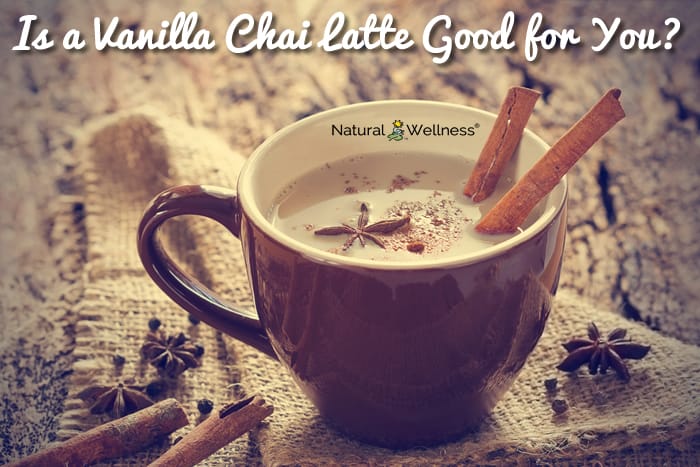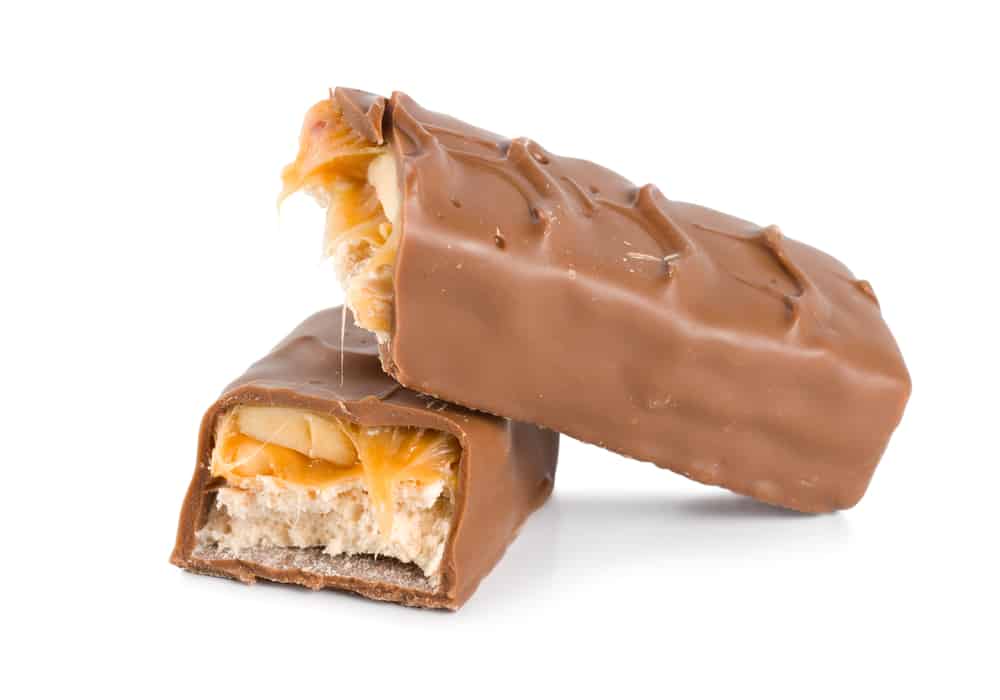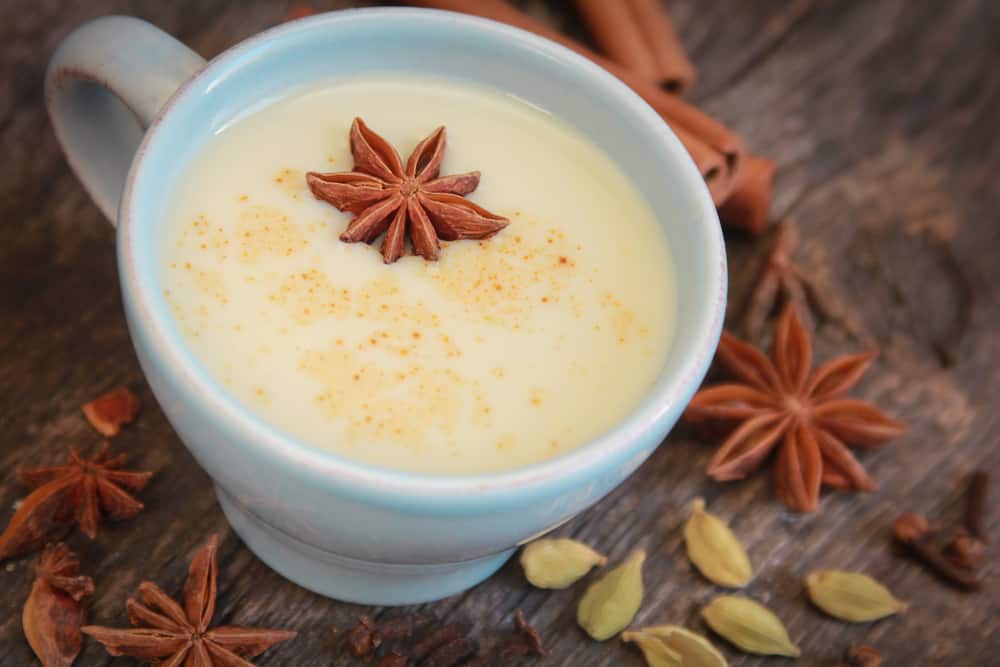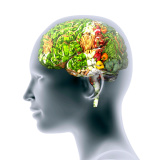

Once upon a time, you walked into a coffee shop to order a cup of coffee. Nothing could be simpler. It might get a little complicated if you couldn’t decide on cream or sugar, but once you cleared that hurdle it was smooth sailing.
Actually, in those bygone days when we were still chiseling memos on stone tablets instead of texting them at the speed of light, you probably didn’t walk into a coffee shop at all. You ordered your coffee at the bar of a diner or, heaven forbid, dropped a couple quarters into a machine.
Today, we’re spoiled for choice.
Dunkin Donuts, Caribou, Coffee Beanery, Tully’s, Peet’s and, yes, the omnipresent Starbucks, are now fixtures in our neighborhoods. They offer beans both foreign and domestic, in addition to a variety of other beverages, snacks and merchandise. With so many drinks to choose from and each catering to a particular palate, it’s difficult to separate what’s good for you from the sales pitch.
Chai tea is a prime example. You may have heard that chai tea does a body good, and that’s true.
But what about your vanilla chai latte? How much good is it really doing anybody?
Not much.
Kate Bratskeir, the Food and Health Editor of The Huffington Post, said it best when she compared Starbucks’ Classic Chai Tea Latte to “drinking candy from a paper cup.”
In fact, a grande serving of Starbucks’ chai latte contains more sugar than a Snickers bar. Chew on that for a while.

What’s in a Vanilla Chai Latte?

Head over to Starbucks’ online menu (if you dare) and you’ll find the nutrition information for all of its beverages and confections. They describe their chai latte as a “black tea infused with cinnamon, clove, and other warming spices…combined with steamed milk and topped with foam for the perfect balance of sweet and spicy.”
Sounds like a delectable treat, no?
Unfortunately, the sugar and calories packed into that sweet and spicy package are enough to turn your stomach.
A grande (16 oz) serving of chai latte, with added 2% milk, contains 42 grams of sugar. That’s 10 teaspoons of sugar, or four more than the daily recommended dose – according to the World Health Organization. Even a short (8 oz) serving of chai latte contains 21 grams of sugar, just one teaspoon shy of a daily serving. And it still packs on 120 calories, or double that if you order the grande.
- So, at 10 tsp of sugar and 240 calories, your grande chai latte is more sugary than a can of Coca-Cola (7.25 tsp).
- It’s more sugary than a bowl of Froot Loops (8.46 tsp).
- It’s more sugary than a 3 Musketeers bar (8.14 tsp).
Of course, that raises the important question: Is sugar bad?
The Problem With Too Much Sugar
There’s a reason humans love sugar. Our bodies are programmed to crave it. It stimulates the brain and gives us short bursts of energy.
As glucose, it helps the pancreas produce insulin, a key hormone in converting food into energy. In its sucrose or fructose forms, sugar has to be metabolized by the liver, which results in higher production of fat and bad cholesterol.
When there’s too much sugar in your diet – especially of the sucrose and fructose variety – your body pays the price.
Let’s start at the source:
- When the bacteria on your teeth feed on sugar, they produce an acid that destroys enamel. That leads to tooth decay and, ultimately, cavities.
- Too much sugar in the diet can also lead to weight gain. Like beer, there’s nothing nutritious to gain from a chai latte’s empty calories. Sugary snacks are the same way. You can eat and eat without feeling truly full.
This is partly due to insulin resistance. When you eat or drink too much sugar, your body will demand more insulin. Normally, when this hormone is present, the body receives a signal that it’s done eating. But, if insulin levels remain high, your body builds up a tolerance to that signal. Glucose will then accumulate in your blood and lead to feelings of fatigue, hunger and mental fog. You’ll also develop high blood pressure and probably gain extra weight around your middle.
Go on this way for too long and you face even greater risks, such as:
- diabetes
- kidney disease
- liver failure
- and even pancreatic cancer
So, Lay Off the Chai Tea?
Here’s the thing: Chai tea is good for you. Natural chai contains antioxidants that reduce inflammation, and it may even aid in digestion.
The problem with most of the chai you’ll find at coffee shops is that it’s loaded with sugar. Even Teavana’s Oprah-approved chai recipe contains 31g of sugar – still more than the daily recommended dose! Oregan Chai Tea Concentrate, another popular chai, is slightly better, but contains 19g of sugar from evaporated cane juice.
If you want to make a delicious chai tea, you can gather all the ingredients yourself (cloves, cardamom pods, peppercorns, cinnamon, ginger). But of course that detracts from the convenience of ordering it from a coffee shop.
Ben Greenfield, diet and weight loss guru, has this recommendation for chai latte lovers:
“Order the loose leaf tea or little packets of tea that are chai flavored. Ask your server to leave about an inch at the top, and fill the rest up with soy milk, rice milk or light milk, and just a small amount of honey, then top with cinnamon.”
Conclusion
As with any health recommendation, remember: All things in moderation.
Yes, too much sugar is detrimental to your health, but so is too much stress.
An occasional candy bar or bowl of Froot Loops never did anyone any harm, and neither will a chai latte. You can order yourself a grande vanilla chai on cheat days or find a way to compensate for the excess sugar with a healthier tomorrow. The important thing is that you’re aware of what you’re putting into your body.
You know what they say: An ounce of prevention is worth a pound of cure. So mind those 16 ounces of sugary delight to prevent those future pounds!




